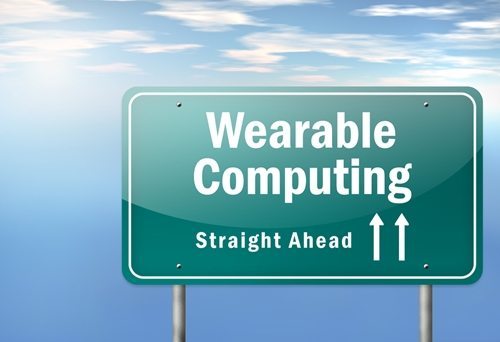Enterprise mobility has quickly shifted from being somewhat one-dimensional – only comprised of smartphones, tablets and portable computers – to a far more robust and diverse trend. Now, enterprise mobility is just one subset of the Internet of Things, which is essentially defined by the rising volume of devices that are connected to the World Wide Web, with wearable gadgets, cars, homes, power grids and even entire office buildings falling into this category.
Much like BYOD and other approaches to corporate mobility, the IoT trend is always going to be a double-edged sword, as companies can either capitalize on the significant level of opportunities contained therein or be squashed by the increased management and oversight demands. As always, taking a proactive and diligent approach to strategic development, implementation and long-term management can help to ensure that IoT comes with advantages, not strain.
Because these gadgets and devices are connected to the Internet, generating data and being used for various work purposes, the opportunities to automate workflow through them are vast. Users can now initiate workflows using eForms, participate in workflow review or approval, capture documents and search/retrieve documents right from a smart phone or tablet. Businesses can often reduce the amount of strain IoT will place on the IT department and managers in other areas of operations, while simultaneously enhancing the experience for users, through swift and intelligent deployments of automation solutions.
Clear connections
Wired Magazine recently published an article written by Scott Amyx of Amyx and McKinsey, which is an IoT consulting firm for businesses. In the post, he discussed some of the broad-reaching opportunities contained within the IoT trend, as well as how companies can prepare themselves to capitalize on it rather than falling behind the curve, losing control of systems and experiencing other adverse situations that can quickly come to pass.
According to Amyx, a multitude of IoT devices will have have smart sensors, which essentially make them well-suited to automation. He suggested business leaders work to identify the ways in which the user experience can benefit from automation, such as setting up strategies that will play off the real-time data generated by wearables and automatically have some specific response.
Wearables and other modern smart devices will almost always contain some form of automation already, and expanding upon the uses of these pieces of software can positively benefit productivity and efficiency among those using the tools. Amyx went on to recommend that companies work to broaden their perspectives a bit, working to think of the more wide-reaching areas of operations and IoT device management that might be well-suited to automation.
He noted that devices that have sensors which are linked to the Internet can often be automated to complete some type of function as needed.
Turning the focus toward content
Content management has become a weighty task in the average workplace, especially considering trends such as IoT and enterprise mobility that generate such significant volumes of valuable data. In many ways, the old methods of content management are simply irrelevant and antiquated at this point in the game, and businesses must find ways to modernize their digital information governance strategies to remain competitive as a result.
Even when the general objectives and operations of the organization do not necessarily lend themselves well to IoT and other cutting-edge trends, content management can still be made more efficient, accurate and productive through the use of automation software. After all, methods to eliminate data entry such as automated tools has been proven to reduce inaccuracies and inefficiencies for many who have tried it.
From e-invoicing to automating workflow and content management, decision-makers have a wealth of opportunities to improve their bottom line in the modern private sector.






